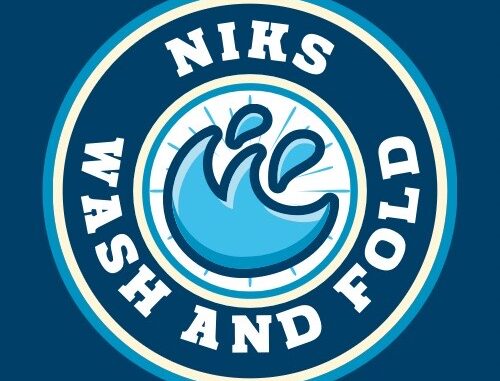Jumping into the laundry game, especially with baby clothes, might have you scratching your head over the best products to use. One nifty combo that’s both eco-friendly and cost-effective is plain old vinegar and baking soda.
These natural cleaning agents aren’t just kitchen staples; they are powerhouses for tackling baby laundry. For parents worried about their little one’s sensitive skin, vinegar and baking soda are gentle and free of the harsh chemicals found in many commercial detergents.
Environmental impact comes into play too. Conventional detergents often pack a punch on the planet with their nasty chemicals. Vinegar and baking soda, though, are 100% biodegradable. You can feel good knowing you’re keeping things green as you care for your baby’s wardrobe.
Let’s talk dollars and cents. Baby-specific detergents can be pricey. Vinegar and baking soda, however, are budget-friendly and readily available. How about that for saving some change?
Stains and smells can be a beast to deal with, but vinegar and baking soda make quick work of them. From stubborn food spills to that mysterious ‘baby scent,’ these two ingredients will have your baby’s clothes looking and smelling fresh.
Beyond just cleaning, these natural wonders help maintain the quality of baby clothes. Vinegar acts as a fabric softener, and baking soda keeps whites bright. Your baby’s clothes stay soft and comfy, which means happy skin for your little one.
For those babies with allergies or eczema, hypoallergenic cleaning is key. Vinegar and baking soda are chemical-free and help avoid any nasty reactions. This makes them a top choice for parents wanting a safer cleaning option.
Step-by-Step Guide to Washing Baby Clothes with Vinegar, Baking Soda, and Baby-Safe Laundry Soap
Choosing the right baby-safe laundry soap is the first step to ensure your baby’s clothes are clean and safe. Look for soaps labeled as hypoallergenic and free from dyes and fragrances. These are gentle on your baby’s skin and do a good job when used with vinegar and baking soda.
Before diving into the main wash, it’s a good idea to give baby clothes a pre-rinse. This helps remove any loose dirt or residue. Pre-rinsing also makes the vinegar and baking soda more effective.
Now, let’s talk measurements. For a regular load, add half a cup of baking soda to the wash cycle. This acts as a natural cleaner and deodorizer. Vinegar, on the other hand, goes into the rinse cycle. About a quarter cup will do the trick to soften fabrics and help rinse away any leftover soap.
Deciding between hand washing and machine washing depends on personal preference and the garments’ care labels. For hand washing, dissolve baking soda in warm water and let the clothes soak. Then wash gently. For machine washing, just add baking soda to the laundry drum and follow your machine’s instructions for adding detergent and vinegar.
Proper rinsing is crucial to ensure no residues are left behind. For machine washing, an extra rinse cycle usually does the trick. For hand washing, rinse thoroughly under cold water.
When it comes to drying, air drying is often best for baby clothes. It reduces wear and tear and keeps them feeling soft. If you’re using a dryer, opt for a low heat setting to prevent shrinking or damage.
To keep baby clothes soft and fresh, store them in a clean, breathable space. Avoid plastic containers which can trap moisture and lead to mildew. A dedicated drawer or a fabric-lined basket works well.
Lastly, avoid common errors like overloading the washing machine or using too much soap. Both can leave residues and reduce cleaning effectiveness. Stick to recommended amounts for the best results and a happy baby wardrobe.

